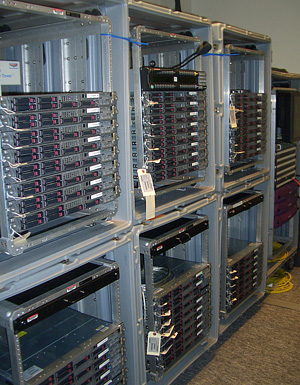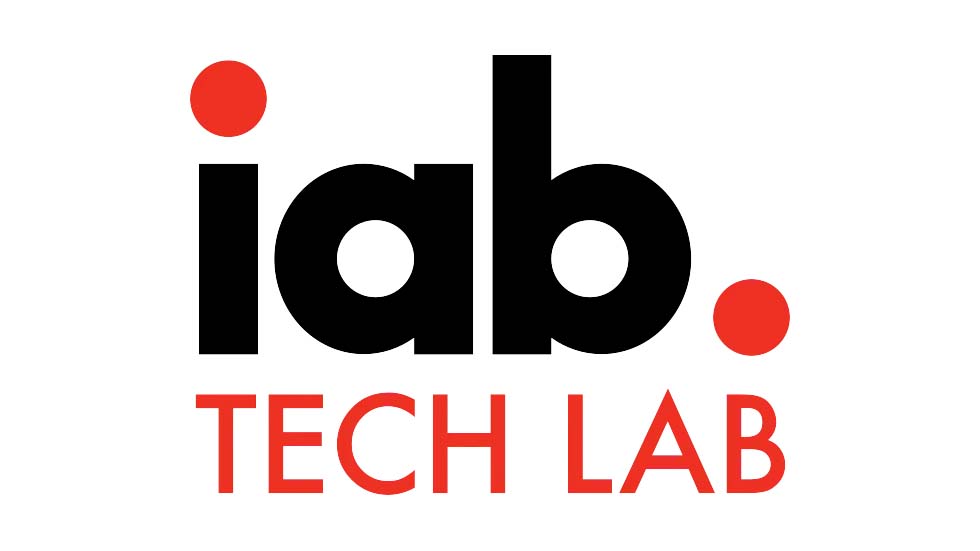More Than Dipping a Toe In
BEIJING
In Beijing, NBC did more than dip its toe into the new media pool, it made a headfirst dive worthy of slow-motion analysis. Indeed, NBC's Beijing streaming and digital delivery effort will be remembered as the first large-scale Webcast of an Olympics.
DOUBLE WHAMMY
The fact that Beijing was also the first HD Summer Games is striking—NBC faced the dual demand of producing a large volume of content for the traditional HD broadcast coincidentally with an even larger number of hours for Webcast and other forms of digital delivery. But these extreme demands had been foreseen by NBC's Olympic team, which had been working on refining its production system over the last several Games.
The system, often simply called the "Blue Order System" after its user interface, consisted of a Blue Order enterprise media management platform, Cyradis device control software, and NBC's legacy OPIS tape library management and logging database. In Beijing it was at the heart of the "Highlights Factory," so named because one of its central tasks was to generate highlights clips for NBC's digital platforms, which included www.NBCOlympics.com, cable VOD outlets, mobile phone video and more.
The system had started as a "science project" in Salt Lake City in 2002 and evolved into a genuine production and archive tool through Athens in 2004 and Torino in 2006. In Athens and Torino, the proxy-based system was used in the broadcast workflow as a way to get around issues related to the size of HD files.
In Beijing the ability to transfer proxy files back to New York made it a natural tool for NBC's massive "@home" effort. The system was key in allowing the production of this content to stay stateside.
TONS OF HIGHLIGHTS

NBC Digital Media Consultant Steven Kaufman at the "Highlights Factory." Steven Kaufman, a digital media consultant working his first Games for NBC Olympics in Beijing, said he was unsure of the exact number of clips produced by the Highlights Factory by the end of the Games. Some days, the team published 300 clips, and it had made more than 2,200 by the midway point of the Games, he said.
The process of creating a clip started with producers entering requirements, schedules and media distribution outlets into a customized MS-SharePoint Web application. This application then pushed corresponding XML metadata directly to Velocity (publishing platform for Anystream) so that it could be transcoded and published to the final destination and distribution platform.
For the ingest of raw material, NBC had used the ScheduAll software in the past for facilities scheduling, and in Beijing the actual schedule of recordings was handled by the enterprise scheduling software for the first time. The ScheduAll software points to the Cyradis device control software, which triggers an Omneon Media Deck to start ingesting the host feed. In Beijing the ingest was primarily SD, due to storage concerns owing to the sheer volume of content at a Summer Games, and the SD lined up with most of the deliverables. In New York all the Omneon recordings of NBC air feeds were made in HD.
The Omneon created a lo-res and a hi-res recording simultaneously, and Cyradis communicated information about that recording to the Blue Order and OPIS software.
If a live Webcast was scheduled, the Cyradis software directed a Digital Rapids DRC-Stream encoder to start streaming. This part of the system was called the "Streaming Factory" and was managed by custom NBC software from the NBC's Digital Media group.
Kaufman said that there were times during the busy period of the Games when as many as 34 or 35 of NBC's 42 encoders were working at once. Each source was encoded in three combinations of resolution and bit-rate, tripling the amount of encoding to be performed.
DISTANCE EVENTS

Digital Rapids encoders inside HP computers were the "Streaming Factory" inside NBC's "Highlights Factory." Live stats were also integrated into the Web Streams and into the Blue Order. Information Display Systems (of Jacksonville, Fla.) integrated and parsed out all the stats info that originated from the IOC's Internet data feed (IDF). These stats allowed NBC production users to search for content by results and/or athlete name, and also allowed public Web users to view and navigate the live video streams based on these stats.
The only part of the Highlights Factory that actually took place in Beijing was the recording. Both the hi- and lo-res files were stored on Omneon MediaGrids. The hi-res recording stayed there, and the proxy was sent to New York using Omneon's ProCast high-speed, long-distance file transfer distribution platform.
The Blue Order software was in use both in New York and Beijing, with the database and proxies replicating back and forth. Irrespective of where a user was, he or she could see all the recordings. The proxies were called up by producers in New York, who would then select shots.
"A key component is that the system operates on 'open growing' files," said Kaufman. "You don't have to wait till the end of the ingest to screen it or start shot selection."
Kaufman said Beijing was the first time the cuts-only tool within the Blue Order software acted on the hi-res files. The Blue Order creates the EDL and MOG Solutions conforming software pulls the needed clips from the stored hi-res video. Only the needed full res video is transmitted to New York.
Although some of the clips created for digital delivery were created exclusively using Blue Order's basic cuts software, five Avid suites in New York were used exclusively for creating more polished Web content.
Completed files were sent to the various target release methods via an AnyStream Velocity transcoding cluster in New York.
Based on instructions in the system, the Velocity created all the Windows Media files, the MPEG-2 files for VOD release, the mobile phone files and more.
From Kaufman's perspective on the digital delivery side, the production tool doesn't need much further development. "It does what it needs to do, which is support thousands of hours of rapid-turnaround production," he said. "It's really a milestone for the industry, both from a content presentation standpoint, and from a behind-the-scenes mechanical standpoint. To my knowledge this is the first time that a single cohesive system was stitched together to automate this huge process that enabled this ridiculous volume of content to be passed to this number of outlets."
MORE NEXT TIME
From the broadcast side, the production system will need some upgrades, for London 2012 timeframes if not for the Vancouver Games in 2010.
"We focused our energy on getting it working for the Highlights Factory side this time, unfortunately that pushed some of the broadcast users to the back burner." said David Mazza, senior vice president of engineering for NBC Olympics. "It remains something we want to use on the broadcast side. … Honestly we wouldn't have put as much effort into some of the complex things that were done with the Highlights Factory if we didn't have visions of it solving some of our broadcast problems moving forward."
The plan is to integrate the system more with the Avids in NBC's broadcast workflow, with the hope that some day this will allow broadcast editing from a distance.
Peter Humphrey, who was the software architect of the entire Highlights Factory workflow and a consulting specialist with media Strategy Partners LLC who has been working on the project since Salt Lake, said two big issues remain before the system would likely be used more for the traditional side of the broadcast.
"The fact that we were recording SD onto the MediaDecks, and the fact that the proxies were two-and-a-half minutes behind real time keeps us out of the broadcast realm," said Humphrey.
The recording issue was mainly a storage issue in Beijing, and Humphrey said it might also be possible to get the XDCAM decks to create real-time proxies.
Humphrey said the constant bit-rate Sony proxies that have been used in the past can be accessed in real time, while the variable bit-rate Omneon proxies lag 2.5 minutes behind the ingest. "For Vancouver maybe we can use Omneon to make a true Sony proxy or maybe use MOG," said Humphrey.
The professional video industry's #1 source for news, trends and product and tech information. Sign up below.

